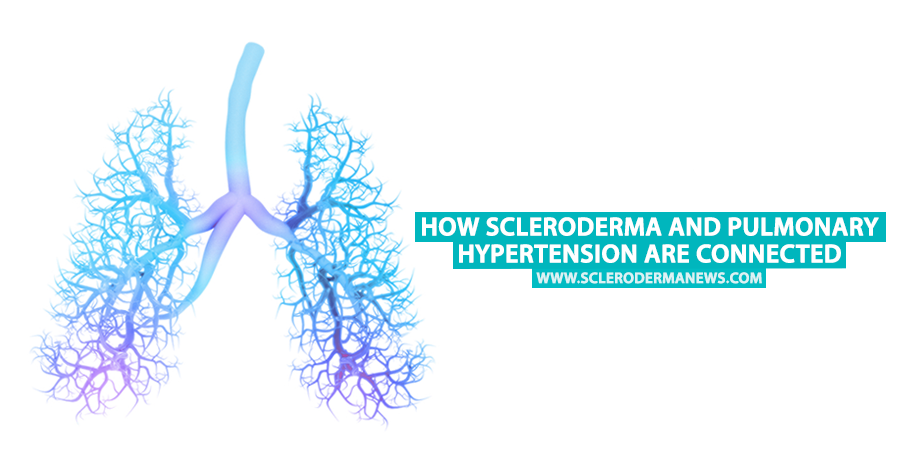How Scleroderma and Pulmonary Hypertension Are Connected
Written by |

Scleroderma is an autoimmune disease that affects the connective tissue causing the body to produce too much collagen. This overproduction of collagen can lead to a variety of health conditions. While it usually affects the skin, it can also cause problems with internal organs such as the heart, kidneys, and lungs.
MORE: Seven facts about scleroderma-related PAH
Pulmonary arterial hypertension (PAH) is a rare chronic lung disease where the blood pressure in the lungs is elevated. This can force the right side of the heart to work much harder to distribute oxygenated blood back into the lungs and can lead to heart failure. It can develop for a variety of reasons, one of which is the presence of a connective tissue disease such as scleroderma or lupus.
Both scleroderma and PAH are rare diseases, but scleroderma patients have an 8 to 30 percent higher risk of developing the lung disease and because of this, they should be screened for the disease annually.
Find out more about how scleroderma and PAH are connected here.
MORE: Seven common misconceptions about scleroderma
Scleroderma News is strictly a news and information website about the disease. It does not provide medical advice, diagnosis or treatment. This content is not intended to be a substitute for professional medical advice, diagnosis, or treatment. Always seek the advice of your physician or other qualified health provider with any questions you may have regarding a medical condition. Never disregard professional medical advice or delay in seeking it because of something you have read on this website.





